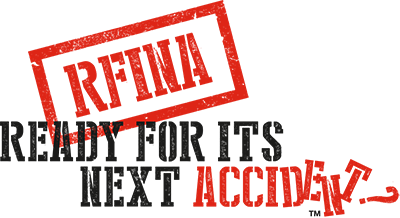New Business Models for the Repair Side
The repair side of the industry, made up of those who actually do the physical repair, is structured very differently from the insurance side. While significant consolidation is occurring the industry is still dominated by small operations. A collision shop with an annual volume of 5 million dollars is a big operator; this is very small in the overall business world.
The people working within these operations are almost all part of the prevalent culture that has shaped the industry. The norm is an owner/operator structure, with the owner in most cases having moved from the technical side into ownership. He works in the front office with an admin assistant and as many estimators as are needed to manage the work flow. The shop floor is divided into body repair techs and paint techs, who are paid on a flat rate basis. The business relationship that drives operations is between the insurance companies and the repair shop. The vehicle owners are treated well, but the rules are set by the insurance companies; business survival and success depends on being able to work to these rules.
This is starting to change but the description applies to the majority of collision repair facilities. Many of the changes of the past 10 years are not truly new models, but variations of this traditional model.
Consolidators bring some scale and new focus to this and in the 5 year future that is a key theme of RFINA will likely be significant drivers toward Next Accident Readiness principles. At this time, more than they may like to acknowledge, many consolidated systems are simply a large number of shops that individually follow this described model.
In the last two weeks I have read references to the need for an increased differentiation of skills and technical roles, a need for the development of a culture of learning in the industry, the increased role of vehicle manufacturers in repair decisions and the looming reality of government regulation of technicians and facilities.
Those facilities that wait for change to be imposed on them will be behind before they start. The progressive ones are moving ahead and will be able to participate with the other actors in the collision repair world to shape the new models needed.
